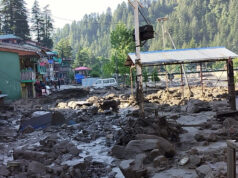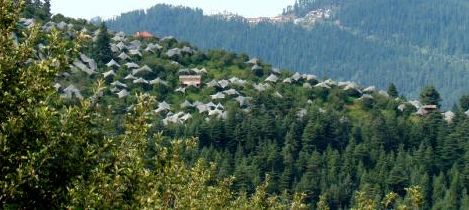
In a momentous decision aimed at preserving the unparalleled beauty of its landscapes and fostering sustainable development, the government of Himachal Pradesh is gearing up to enact rigorous laws to regulate construction activities within the state. This forward-thinking move is part of a broader vision to strike a harmonious balance between development and the preservation of the fragile Himalayan ecology.
The decision to tighten construction regulations comes as the state faces mounting concerns about the adverse impact of unchecked development on the environment and the urgent need to protect against geological hazards, including landslides and earthquakes. Chief Minister Thakur Sukhvinder Singh Sukhu has been vocal about the critical role of ecological balance and responsible development in a region renowned for its breathtaking natural beauty.
The proposed laws are poised to encompass several critical facets of construction and development:
Structural Engineering Standards: The government is set to enforce stringent standards for structural engineering, ensuring that buildings and infrastructure are designed to withstand the unique challenges posed by the region’s rugged topography. This move is expected to not only enhance safety but also minimize the risk of structural failures during natural disasters.
Land Usage Limits: To prevent overdevelopment and maintain ecological equilibrium, the government will establish limits on land usage. These limits are carefully designed to protect environmentally sensitive areas, including riverbanks and steep slopes, from the detrimental effects of construction.
Effective Drainage Systems: The implementation of efficient drainage systems will be a pivotal focus to mitigate the impact of heavy rainfall and reduce the risk of floods and landslides. Proper drainage infrastructure is crucial for maintaining the stability of the region’s hilly terrain.
The government’s proactive stance has garnered widespread support from environmentalists, conservationists, and concerned citizens who have long championed responsible development practices in the state. They view this as a pivotal step in safeguarding Himachal Pradesh’s unparalleled biodiversity, pristine forests, and delicate ecosystems.
Chief Minister Sukhu emphasized the necessity for public cooperation and support in implementing these stringent laws. He underscored that every citizen bears the responsibility to respect and safeguard the state’s natural heritage. The delicate balance between development interests and ecological preservation is not just a government mandate but a collective obligation towards future generations.
This initiative also aligns with global efforts to combat climate change and promote sustainable development. Himachal Pradesh has witnessed shifts in weather patterns, with instances of heavy rainfall in traditionally arid regions, possibly linked to global warming. By enforcing stringent construction regulations, the government aims to reduce the state’s vulnerability to climate-related disasters.









